As someone who has spent years exploring the natural beauty of Minnesota, I can assure you that decorative trees play a crucial role in enhancing our landscapes. Whether you’re looking to add charm to your yard or create a tranquil oasis, the right decorative trees can transform your outdoor space. In this comprehensive guide, we’ll delve into the various types of decorative trees that thrive in Minnesota, essential care tips, and even some exciting personal insights along the way.
Understanding Decorative Trees
Before we dive into specific types, let’s clarify what we mean by decorative trees. These are typically trees chosen for their aesthetic appeal rather than their practical uses. They can provide beautiful blooms, stunning foliage, and even intriguing bark textures throughout the seasons.
Why Choose Decorative Trees?
- Visual Appeal: Decorative trees add character and beauty to any landscape.
- Environmental Benefits: They provide shade, improve air quality, and support local wildlife.
- Property Value: Well-landscaped homes often see an increase in property value.
Choosing the Right Decorative Trees for Minnesota
When selecting decorative trees for Minnesota, it’s essential to consider our unique climate and soil conditions. Here are some key factors to keep in mind:
- Hardiness Zone: Minnesota falls mostly within USDA Hardiness Zones 3 and 4. Choose trees that can thrive in these conditions.
- Soil Type: Different types of soil (sandy, clay, loamy) can affect tree growth. Test your soil before planting.
- Space Availability: Consider the mature size of the tree to avoid overcrowding.
Top 10 Decorative Trees in Minnesota
Here’s a detailed overview of the top decorative trees to consider for your Minnesota landscape:
1. **Flowering Dogwood (Cornus florida)**
This stunning tree showcases beautiful white to pink blossoms in the spring, offering a delightful spectacle. It can reach a height of 20-30 feet and prefers well-drained soil. Personal experience has shown that these trees can be a little fussy about soil moisture, so be prepared to amend your soil if needed.
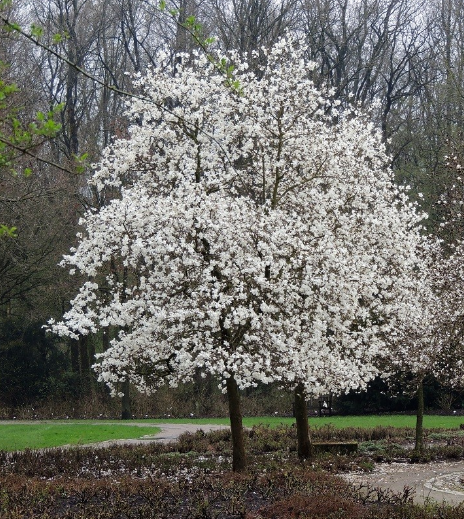
2. **Japanese Maple (Acer palmatum)**
Known for their intricate leaves and stunning fall color, Japanese Maples can reach about 15-25 feet in height. They thrive in partial shade and well-drained soils. I’ve planted one myself, and it has quickly become a focal point in my garden.
3. **Crabapple (Malus spp.)**
With numerous varieties, crabapples offer lovely spring blossoms and vibrant fruits in the fall. They typically grow 15-25 feet tall and are quite hardy, making them a favorite in Minnesota gardens.

4. **Sargent Cherry (Prunus sargentii)**
This small to medium-sized tree is noted for its beautiful pink flowers in spring and stunning fall color. Sargent cherries are resilient and can thrive even in less-than-ideal soil conditions.
Comparison Table of Top Decorative Trees
| Tree Type | Height | Flower Color | Fall Color | Soil Preference |
|---|---|---|---|---|
| Flowering Dogwood | 20-30 ft | White/Pink | Yellow/Red | Well-drained |
| Japanese Maple | 15-25 ft | Red | Red/Orange | Well-drained |
| Crabapple | 15-25 ft | Pink/White | Yellow/Red | Moist, well-drained |
| Sargent Cherry | 15-25 ft | Pink | Red/Orange | Adaptable |
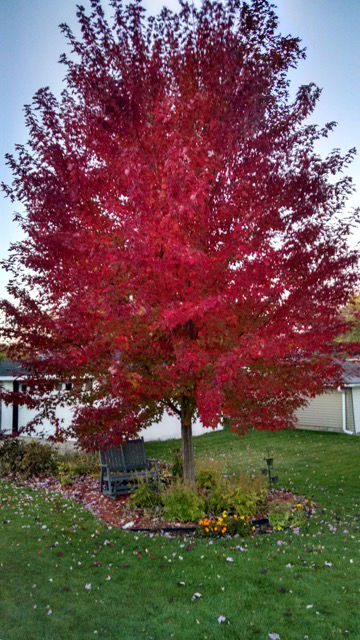
5. **Amur Maple (Acer ginnala)**
This hardy tree features vibrant red foliage in the fall and can withstand harsh Minnesota winters. It typically grows to about 15-20 feet and prefers full sun. The Amur maple is a great choice if you’re looking for a tough, resilient tree.
6. **Redbud (Cercis canadensis)**
With heart-shaped leaves and stunning pink flowers, the Redbud is a standout choice for spring. They generally reach 20-30 feet in height and thrive in rich, well-drained soils.
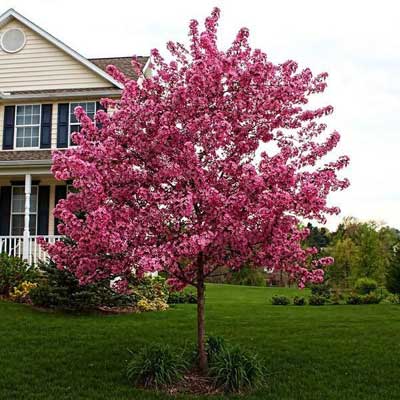
7. **Eastern Red Cedar (Juniperus virginiana)**
This evergreen tree provides year-round interest with its dense, aromatic foliage. It’s drought-tolerant and grows to about 30-40 feet tall, making it an excellent choice for privacy screening.
8. **Norway Spruce (Picea abies)**
Norway Spruce is a great option for those looking for a taller tree. It can reach heights of 40-60 feet and is perfect for privacy hedges or windbreaks. It’s also relatively low maintenance!
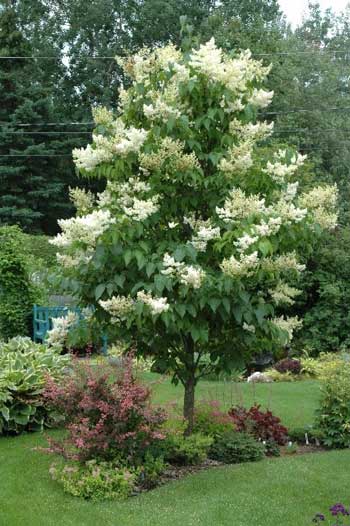
9. **Persian Ironwood (Parrotia persica)**
This lesser-known gem boasts beautiful fall colors, with leaves turning vivid shades of yellow, orange, and red. It matures to about 30-40 feet and is resistant to many pests and diseases.
10. **Wisteria (Wisteria sinensis)**
While technically a vine, wisteria can be trained as a small tree. Its cascading purple flowers are truly breathtaking. However, it does require more care and structure than traditional trees.

Care and Maintenance Tips for Decorative Trees
Watering
Proper watering is crucial, especially in the early years. Newly planted trees need consistent moisture, but be careful not to overwater as this can lead to root rot. A good rule of thumb is to provide about an inch of water per week during dry spells.
Fertilizing
Using a balanced fertilizer in the spring can promote healthy growth. However, avoid over-fertilizing as it can lead to weak growth and increased susceptibility to pests.
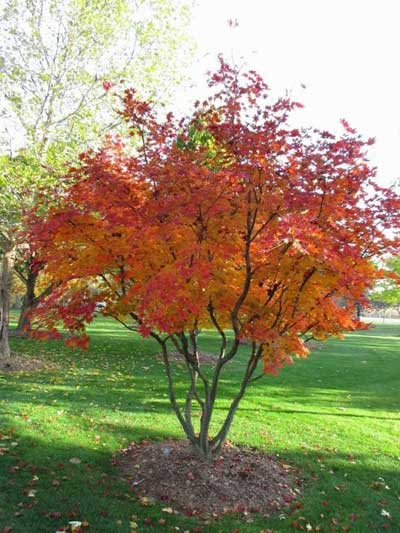
Pruning
Regular pruning helps maintain the desired shape and encourages healthy growth. Late winter to early spring is the best time to prune most decorative trees.
Pest and Disease Management
Keeping an eye out for common pests like aphids, spider mites, and scale is essential. Introduce beneficial insects and use organic pesticides as needed.
Mulching
A layer of organic mulch around the base of trees helps retain moisture, suppress weeds, and improve soil quality over time.
Creating a Beautiful Landscape with Decorative Trees
Incorporating decorative trees into your landscape design can create stunning visual layers and enhance curb appeal. Here are some ideas:
Layering with Smaller Plants
Pair your decorative trees with smaller shrubs and perennial flowers to create a varied landscape. This adds depth and interest at different heights.
Creating Privacy Screens
Using taller trees like the Norway Spruce can create a natural privacy screen, making your outdoor space feel more intimate.
Established Flower Gardens
Place flowering trees like the Crabapple strategically near your flower gardens to create a cohesive look and enhance seasonal blooms.
Personal Reflections on Decorative Trees in Minnesota
I’ll never forget the day I planted my first flowering dogwood. Watching it bloom each spring feels like a rite of passage. It’s become not just a part of my garden but a beloved centerpiece that family and friends admire. Over the years, I’ve experimented with various species, and it’s fascinating to see how each tree interacts with the landscape and changes with the seasons.
Frequently Asked Questions (FAQs)
What is the best time to plant decorative trees in Minnesota?
The ideal time to plant decorative trees in Minnesota is during the spring or fall. Spring allows for establishment before the heat of summer, while fall planting gives trees a chance to acclimate before winter.
How do I know if a tree is suitable for my yard?
Consider your local climate, soil type, and the amount of sunlight available in your yard. It’s also beneficial to consult with a local nursery or extension service for specific recommendations.
Are there any decorative trees that are low maintenance?
Yes, trees like Eastern Red Cedar and Norway Spruce are known for their hardiness and low maintenance needs, making them great options for busy homeowners.
Can I plant decorative trees near my home?
Yes, but it’s essential to consider the mature height and spread of the tree to ensure it won’t interfere with your home or utility lines. A good rule of thumb is to plant trees at least 10 feet away from the foundation.
What are some common pests that affect decorative trees?
Common pests include aphids, spider mites, and scale insects. Regular monitoring and maintenance can help keep these pests at bay.
Conclusion
Decorative trees are a wonderful addition to any Minnesota landscape, offering beauty, shade, and environmental benefits. With the right selection and care, these trees can thrive and become cherished features in your yard. Take the time to choose wisely, and you’ll be rewarded with a stunning outdoor space that can be enjoyed for years to come.